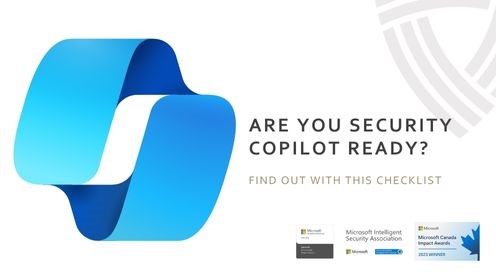
Your security program encompasses all the people processes and technology that can be used to help you detect and mitigate threats. All these systems and elements can make it hard to know where to start when it comes to cybersecurity. We created this 10-point checklist to help you strengthen all forms of your business’s cybersecurity program.
Identify Your Biggest Cybersecurity Risks
Do you know the biggest risks to your business? Understanding potential security threats is a key step to gaining security confidence. Only by knowing your vulnerabilities can you establish a clear action plan.
Establish a Security Strategy
Take the time to develop a thorough cybersecurity strategy so your company can prevent cyber threats, detect vulnerabilities, and mitigate damage from a data breach. Ensuring your company’s cybersecurity is no easy feat—consult industry experts to make the most informed business-risk decisions.
Protect Your Network and Devices
To prevent cyber-attacks, your company devices and network must remain secure. Install a firewall and make sure your next-generation endpoint protection solution is up to date.
Update Your Software
It’s easy to ignore notifications for new updates since we seem to get them so often, but outdated software could pose a huge risk to your company. Don’t make it easier for cybercriminals to penetrate your system and attack. Automating software patches is a key aspect of cybersecurity.
Create a Cybersecurity Policy
With a cybersecurity policy in place, your employees will be well equipped to handle all issues relating to information security. This policy should include regulations on internet usage, remote access, and your bring-your-own-device (BYOD) program. Regularly update your policies as needed and keep your team informed.
Establish Confidentiality Agreements
Your contractors, suppliers, vendors, and partners should all be clear on your security and privacy policies. To protect your company from data breach liability, make sure anyone who has access to private information signs a confidentiality agreement.
Train Your Employees
The importance of security education should not be underestimated. Communicating cybersecurity policies to employees is not enough—they should also be taught current cyber-attack methods and ways to prevent them. Make cybersecurity training part of the onboarding process and create a risk-aware company culture.
Establish a Breach Recovery Plan
Prepare for the inevitable. Your company should have a recovery plan ready in the event of a data breach. This plan will make the threat of a security breach less overwhelming and will help you act quickly. Determine how to communicate the breach and test out your plan to ensure it remains relevant.
Create a Strong Authentication Policy
Cyber attackers love weak passwords. Ensure your employees’ passwords are at least eight characters and include a combination of upper- and lower-case letters, numbers, and special characters. Don’t save passwords in your browser or include personal information like birthdays or phone numbers that hackers can easily figure out. Do not reuse passwords, regularly change your password.
Perform Regular Security Assessments
Cybercriminals are constantly coming up with new attack methods. By remaining aware of your vulnerabilities, you can target specific areas for improvement and ensure the highest return on investment. With a thorough and regular assessment strategy, you’ll stay ahead of the evolving threat landscape.




